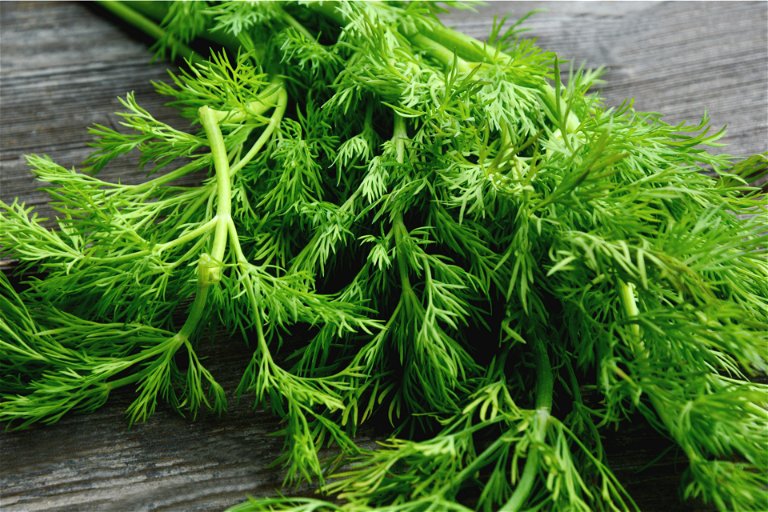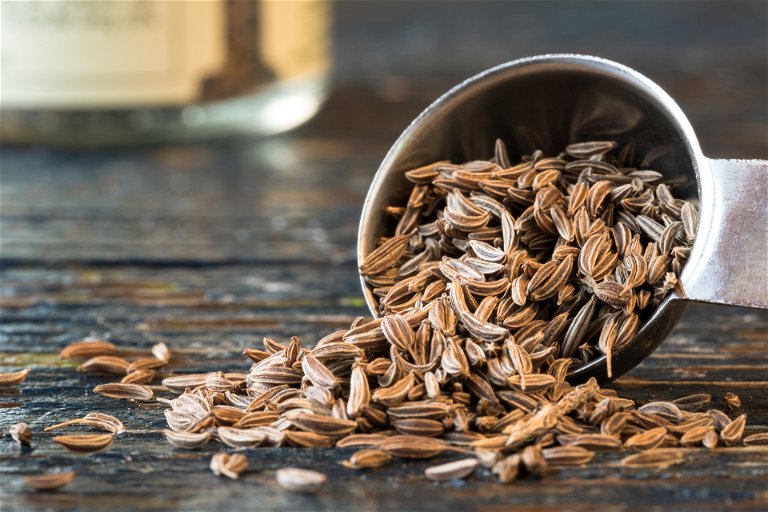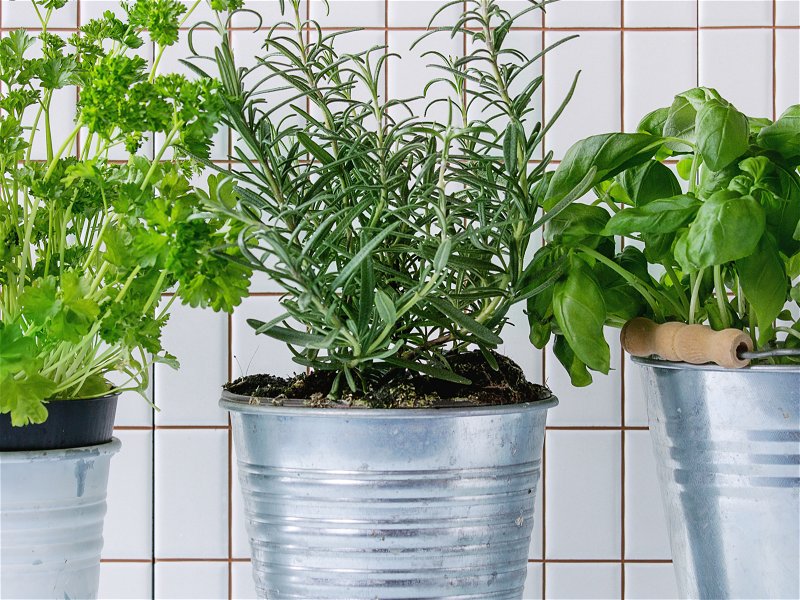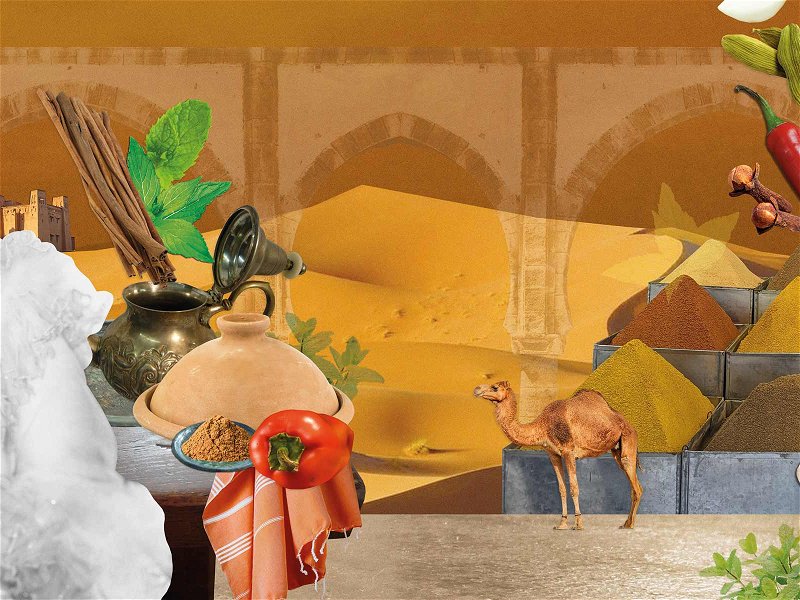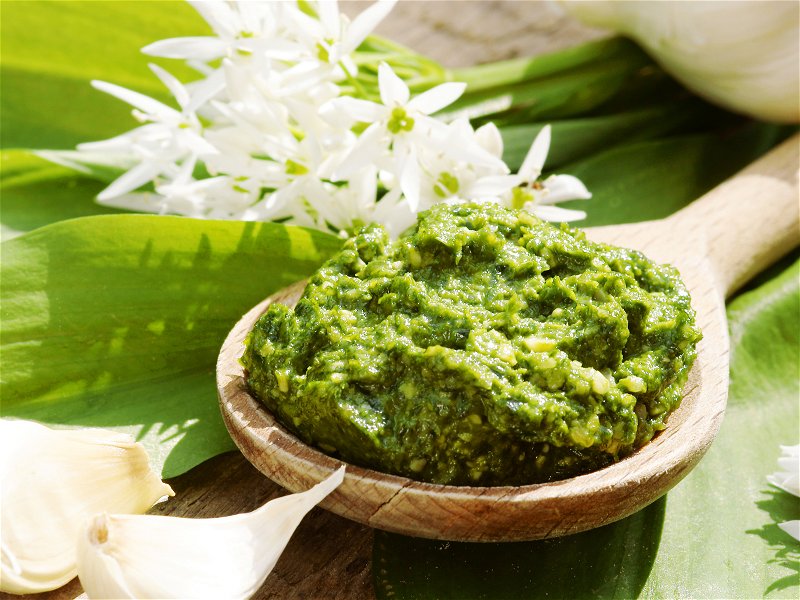Inspired Uses for Five Neglected Herbs
Seeking culinary inspiration for that herb running rampant in your garden or that packet bought for a specific recipe and languishing in the cupboard? Shake up your dinner repertoire with these ideas.
1. Tarragon
It only takes a small sprinkle of this liquorice flavoured plant to transform the character of your dish. One of the four fines herbes of classical French cookery, tarragon stars in many of this country’s most famous dishes and sauces. Think béarnaise, lapin à la moutarde or Claude Monet’s favourite breakfast: omelette aux fines herbes.
But tarragon’s cultural and culinary roots stretch well beyond France. This herb is a star ingredient of chakapuli, a popular Georgian stew made from lamb or beef with unripe plums. This corner of the world is also home to tarkhuna, a soft, carbonated drink flavoured with tarragon. Yotem Ottolenghi, whose recipes celebrate the vibrancy of Middle Eastern ingredients, recommends adding a tarragon twist to the aioli that accompanies his aubergine croquettes.
The pungency of this herb means it should be used sparingly. Creamy sauces can prove a particularly useful way to temper and channel that aniseed charisma, whether your tarragon is fresh or dried. Serve with chicken, a particularly tarragon-friendly meat. Fish can also work well: try wrapping a knob of tarragon butter into a parcel of salmon or trout before baking, then serve with new potatoes to soak up the fragrant juice that results.
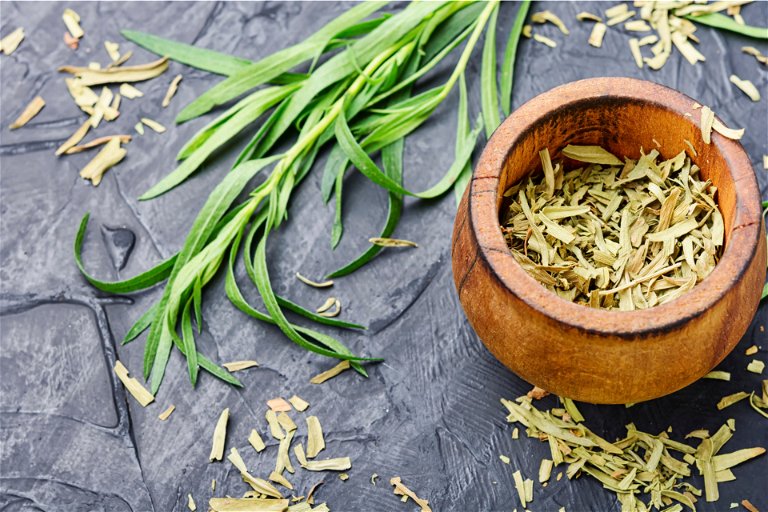
2. Dill
Scandinavians would be mystified by the idea of dill as a neglected herb. Here this feathery plant, fragrant with grassy aniseed, is both staple and star ingredient of so many dishes. Salmon specialty gravadlax is not only cured using dill, but accompanied by a dill sauce. Summertime crayfish feasts see this shellfish delicacy flavoured with dill during cooking, then garnished with a dill flowers. Another taste of Scandinavian summer is the refreshing cucumber and dill salad, a combination that reappears in the pickles that are such a proud tradition in this part of the world.
But the Nordic countries don’t have a monopoly on dill enthusiasm. Look to Iran, where this herb has a long tradition in Persian cuisine. Baghali polo, or dill with rice and broad beans, is a popular accompaniment for lamb shank. Dill is also interchangeable with mint in tzatziki or cacik, yet another incarnation of its friendship with cucumber and a staple of the meze array that serves as a starter in Greece and Turkey.
Let’s not forget Eastern Europe and Russia, where the flavour of dill is intimately connected with some of these countries’ most patriotic dishes. Borscht, pelmeni meat dumplings and potato salads all celebrate dill, while Ukrainian chef Olia Hercules recommends cauliflower fritters with a dill and garlic mayonnaise.
3. Sage
There’s something irresistible about the sight of pasta burro e salvia on an Italian menu. Quick to prepare and inexpensive, it stands as a prime example of the fearless simplicity that characterises this nation’s cuisine. Then there’s saltimbocca, literally “jump in the mouth”, a straightforward combination of tender veal, salty prosciutto and the earthy, savoury flavour of sage.
It may be native to the sunny Mediterranean, but sage also thrives in cooler climates and its dusky flavours are perfectly suited to warming winter dishes. Sage and onion stuffing is a classic roast meat match, especially with the Christmas turkey. Then there’s the perfect combination of pork and sage, whether simply fried with chops or rolled with lemon zest into a roasted pork loin.
Sage, whether fresh or dried, is simple to incorporate into snacks for an instant twist on a familiar favourite. Add some to the sausage roll mix for your next picnic, sprinkle into a golden potato rosti, or elevate that lunchtime sandwich by rustling up a gruyère, prosciutto and sage toastie.
4. Caraway
Poised somewhere between fennel and cumin on the flavour spectrum, caraway multitasks as both herb and spice. The feathery leaves can be used in a similar way to parsley – they’re part of the same family – finely chopped and sprinkled onto new potatoes, soups, stews or mixed into salads.
But it’s more likely that the caraway in your house is in seed form. That opens up a host of recipe ideas, from British seed cake (a perfect mid-morning treat) to warming Hungarian goulash or the deeply flavoured rye breads of Scandinavia. If Germany’s fermented sauerkraut is too powerful for your taste, then channel caraway’s cabbage affinity in a gentler direction by frying the two ingredients together, ideally with some diced bacon.
Caraway can also lend its talents to sophisticated puddings. Add seeds to a shortbread biscuit as the perfect flavour and texture foil for lemon posset or syllabub. The long-recognised digestive properties of caraway shine most fiercely in Scandinavian aquavit or the niche yet distinctive sweet kummel liqueur made by producers such as Wolfschmidt or Mentzendorff.
5. Chervil
Amid the assertive herbs on this list, delicate chervil offers a welcome counterbalance. Another member of the sprawling parsley family – and often easily swapped with its more common cousin – chervil adds a gentle, aniseed-tinged lift to dishes.
This isn’t a herb that stands up well to much cooking: its subtle flavour is best deployed as a finishing touch, but shines with delicately flavoured ingredients such as fish, scrambled eggs or chicken. Try sprinkling some onto lightly sautéed courgettes with a squeeze of lemon juice.
Such delicacy makes this a summery herb at heart. Try melting chervil butter onto new potatoes or carrots. Celebrate fresh garden peas by stirring through briefly simmered cream and finely diced chervil with a twist of pepper: perfect with ham. Alternatively add chervil to vinegar and shallots for a mignonette to make those oysters really sing.
